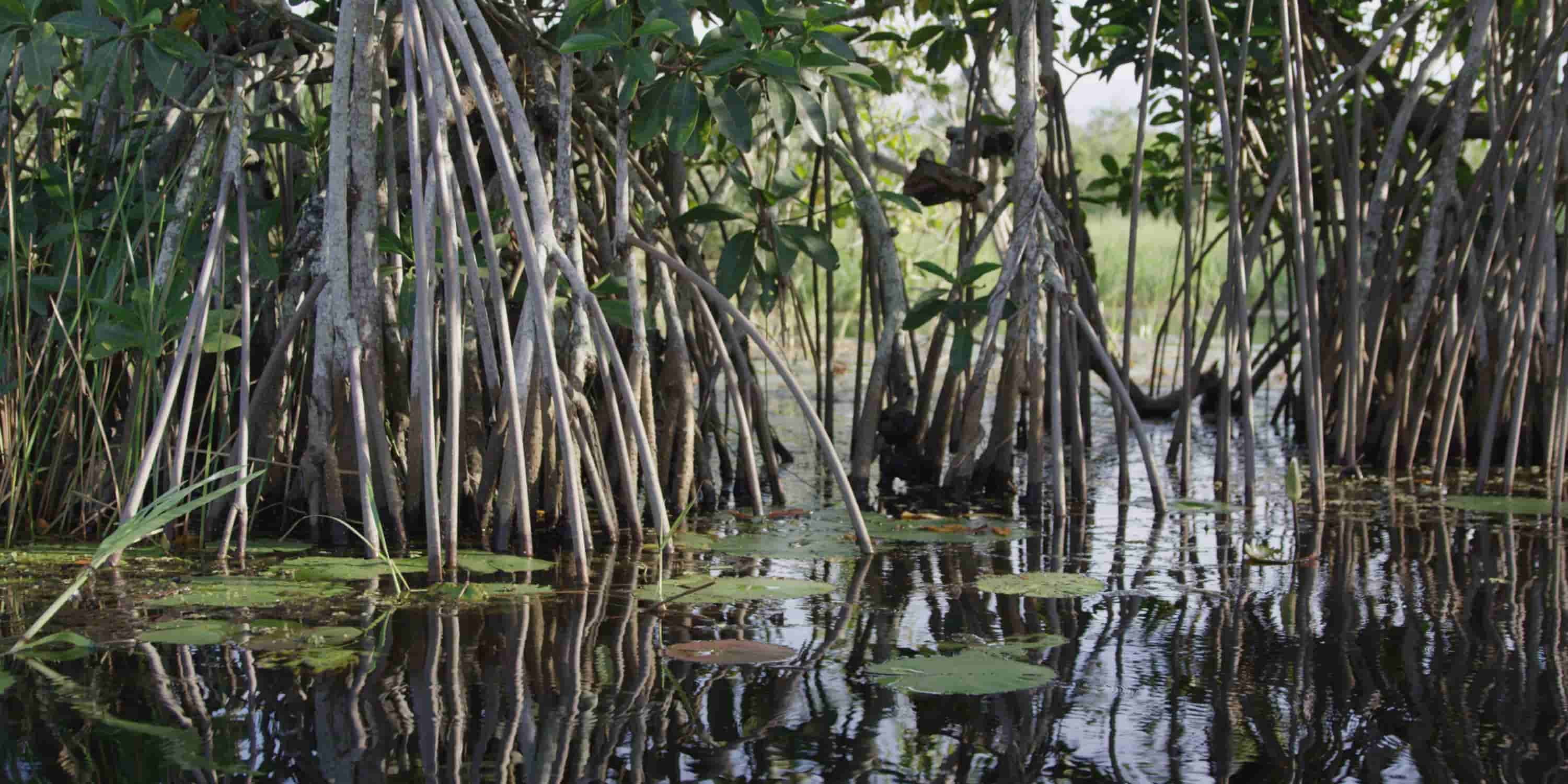Using government schemes for sustainable management of private and community land
Taking advantage of project funds, and the existence of two government schemes to support sustainable management and protection:
i) Private Protection Areas (APC, for its acronym in Spanish), and
ii) Environmental Management Units (UMA, for its acronym in Spanish).
In Veracruz, the APCs represent a scheme of voluntary conservation, in which the local population joins the efforts of the state to strengthen the protected natural spaces of the region. At the APC "El Pajaro", INECC together with the local grassroots organizations initiated a series of actions to manage 25 ha of mangroves. The strategy involved participatory work with the people of the communities to increase awareness of what it means to have a healthy mangrove, and continued with capacity development activities on how to manage it.
The management plans for the UMA of the mangrove ecosystem owned by the Tarachi ejido (local government unit) included the provision of equipment and infrastructure, and training to carry out the following activities:
i) reforestation with native species;
ii) establishment of a conservation protocol and standards to be followed by local communities; iii) establishment of guidance on economic activities that could be developed without affecting the ecosystem.
